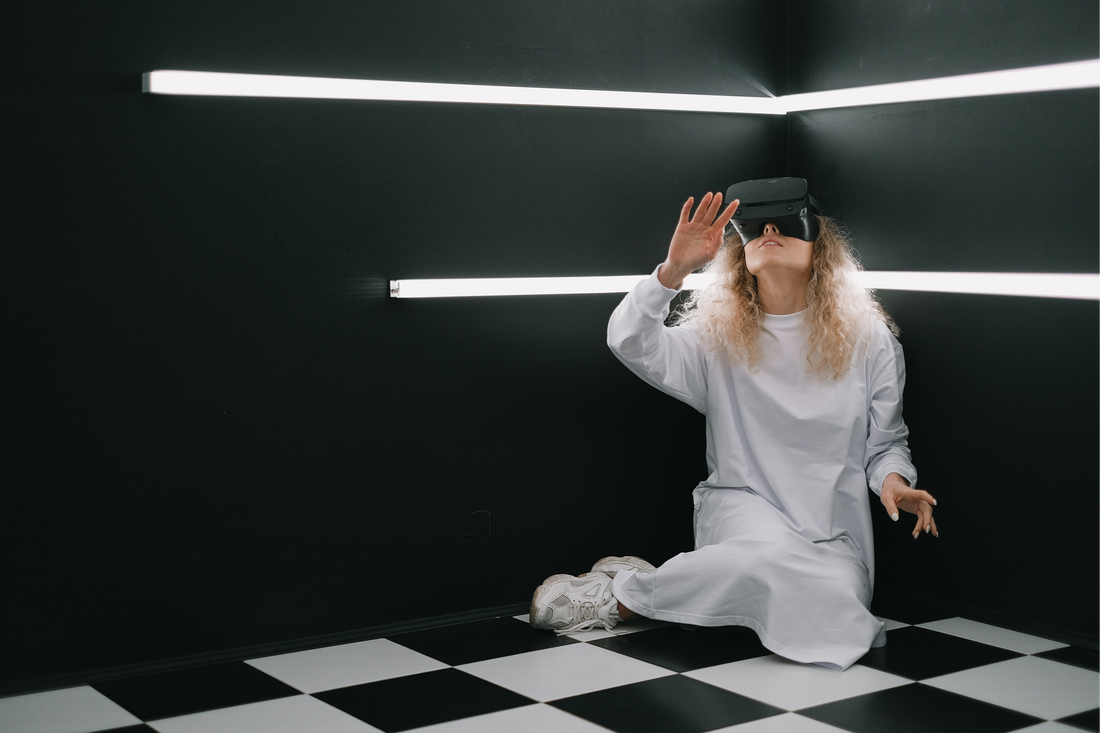Virtual reality (VR) is a trip- adoption isn't playing out as rapidly as some may have anticipated- still, it’s becoming increasingly utilized in a variety of different industries. If you've experienced VR so far, it is most likely in the realm of gaming, or even virtual fitness. But the seemingly obvious arena that has yet to develop significantly is the concept of shopping in VR. It tracks, right? We're already online. Surely the experience could be greatly enriched by handling, maybe evebn fitting products in a simulated environment, in addition to looking at images and watching videos on product pages as we do already.
It’s worth noting that virtual reality shopping is not an entirely new concept- some major retailers, like IKEA, have already begun to experiment with the technology by allowing customers to visualize what their furniture might look like in their home (technically, this application is known as AR, or Augmented Reality). We predict the use of VR in shopping will become much more prevalent in the coming years, as the technology becomes more accessible and affordable.
One of the biggest advantages of shopping in virtual reality is the ability to create an immersive and personalized experience for the customer. With VR, shoppers could interact with products in a way that simply isn’t possible with traditional online shopping. For example, they can pick up and examine items, try on clothes or accessories, and even see what a piece of furniture would look like in their home. This kind of experience is likely to become increasingly popular as customers seek out more engaging and interactive ways to shop.
Another advantage of shopping in virtual reality is the potential for retailers to create virtual storefronts that are not limited by physical space. This means that even small retailers can offer a wide range of products without the need for expensive brick-and-mortar stores. In addition, retailers can create unique and visually stunning environments that are designed to capture the attention of customers and encourage them to make a purchase.
There are also potential environmental benefits to shopping in virtual reality. With fewer people driving to physical stores, there is the potential for a reduction in carbon emissions. Additionally, virtual storefronts require less energy to operate than physical stores, which could also lead to energy savings.
Of course, there are also some potential drawbacks to shopping in virtual reality. For example, some people may feel uncomfortable with the idea of sharing personal information with a virtual store.
On the whole, the future of shopping in virtual reality looks promising. As the technology continues to evolve and become more widespread, we can expect to see more retailers adopting it as a way to offer their customers a more engaging and immersive shopping experience. Whether you’re shopping for clothes, furniture, or any other kind of product, virtual reality has the potential to transform the way we shop and make it a more enjoyable and personalized experience.

